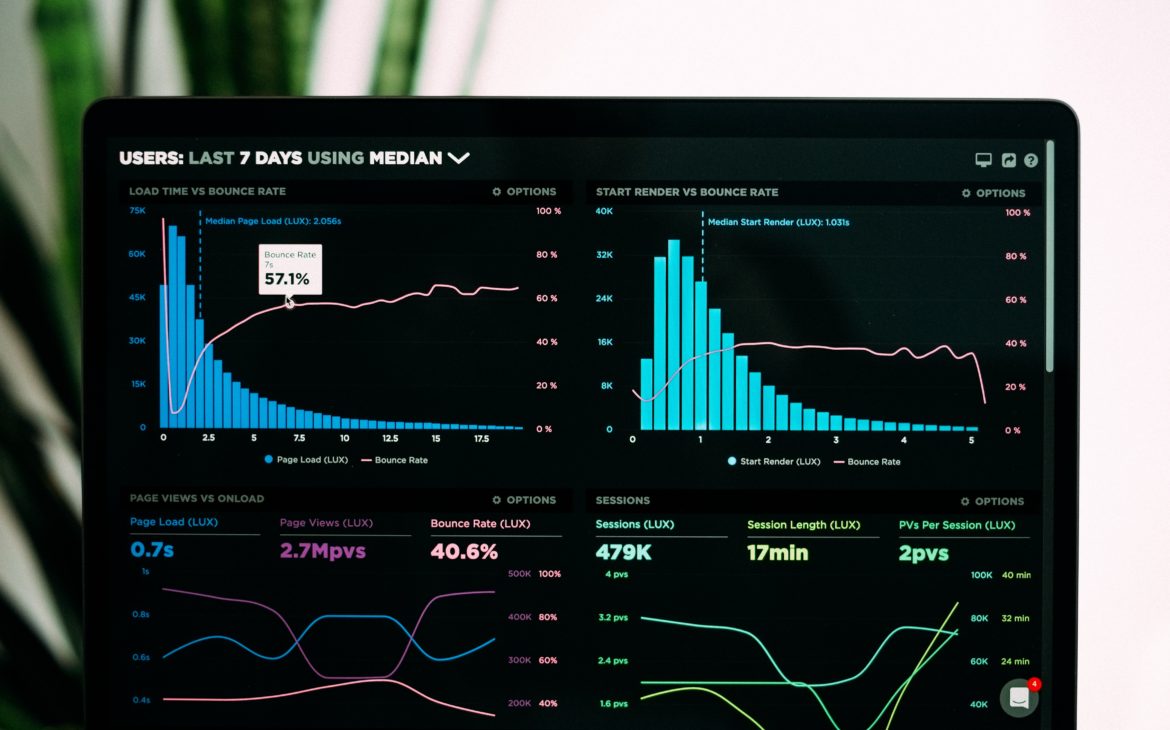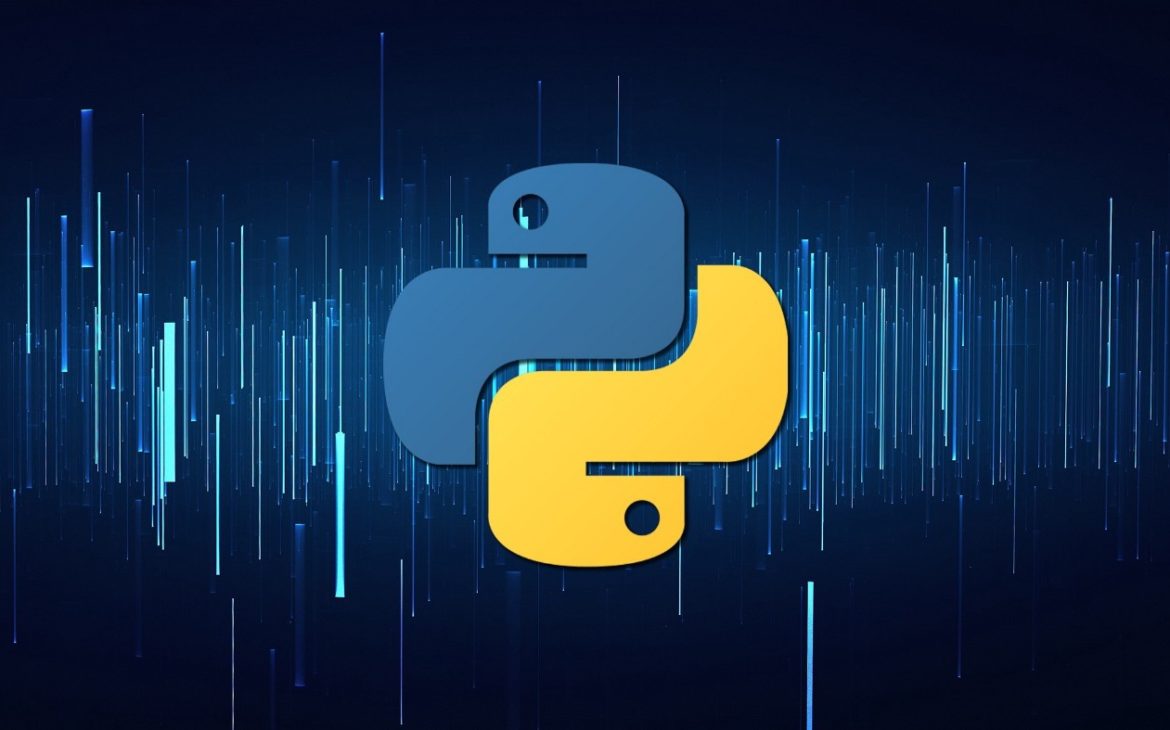A data analyst always encounters different programming languages that actually impact the way we work with the data. Some languages are dedicated to structured data, such as SQL. There are also markup languages that work with unstructured data, but these first need structure in order to be read by websites, web applications, and even other data systems. So we are going to see what the different codes used by data analysts look like.
Code Languages used by Data Analysts
Structured Query Language (SQL)
The most comprehensive language is SQL, as this language provides syntax that is dedicated to working with data. One of the primary skills of a data analyst is the ability to query data, and just like the name implies, that is what SQL will allow you to do.
SQL statements provide information to databases (SQL databases, or even data warehouses) that allow data analysts to retrieve data from tables stored in the database. SQL statements not only query data but also allow you to perform actions on the data. How extensively you use SQL as an analyst depends on your particular job role within the organization where you work. For most analysts, knowing how to use the basic SQL statement is an important first step.
SQL also contains the syntax and key words to perform actions on data. You may need to use these techniques over time as you progress in your career, or they may be completed by the database administrators in your organization. Such actions might create tables, update fields of data, or append (i.e., copy) data from one location to another.
As you grow in your role as a data analyst, you will learn even more about the various features of SQL. In the early stages of your career, however, it’s important that you simply understand how to read the statements, even if you aren’t familiar with how to key the code. Like everything else, learning SQL takes practice and exposure.
HyperText Markup Language (HTML)
HyperText Markup Language (HTML) is a language dedicated to presenting data in a browser-based environment. Every time we look at a web page on the Internet, we all experience the benefits of HTML.
It is basically derived from the Standard Generalized Markup Language (SGML), which is considered to be the parent of all markup languages. SGML provides the standard that defines all markup languages and is also widely used for data structures. HTML is considered a markup and tagging language. It allows you to mark up any type of text for presentation on a web browser, which makes HTML suitable as the language of the web.
The browser reads the HTML and produces a web page or website following the structure that is laid out in the code. HTML has a set of predefined tags based on the HTML language (e.g., HTML, TITLE) so that when the browser sees those lines of code, it knows how to present that information and where. For example, you can create a text file with HTML tags and then open that text document in the browser to see the results.
Extensible Markup Language (XML)
The Extensible Markup Language (XML) is a text-based markup language that uses tags derived from SGML. Unlike HTML, the primary purpose of XML is to transfer data, not display it. XML also uses opening and closing tags, but one of the key differences between XML and other languages is that the “tags” are not defined by the language itself. Rather, the author can invent the tags and the structure.
This ability allows the developer to tag the fields of data with something more meaningful. Consider the example of the product-pricing table from our HTML discussion. Rather than being limited to just using and tags, we can use more relevant tags with XML.
The XML tag now indicates that this is a table containing “products.” Each product line has a product tag with an open and a close, and each field of data is tagged according to the data that it holds. We don’t need to see this content laid out in a table; we can easily read this code and recognize which fields are the product names and which are the product numbers, because each piece of data is tagged appropriately for what it represents.
JavaScript Object Notation (JSON)
JavaScript Object Notation (JSON) is an object-oriented, event-driven programming language that allows us to interact with websites (as opposed to HTML, which simply displays information). JSON is a child of JavaScript and is based on the JavaScript language. With the advent of web applications, JavaScript has become one of the core languages of the World Wide Web.
JSON is used to transfer information and interact with programming languages like JavaScript. JSON and XML are alike in several ways. Both utilize tags or keys that are created by the developer and thus are more relevant to the data. However, JSON has a more simplified coding syntax than XML, with fewer requirements, and it is not considered a markup language because it is object-oriented.
Conclusion
So, these are the major different types of code languages that are used by data analysts. With this informative article, you can now have a basic understanding of the various code languages that interact with or mark up data. This helps us to work with various systems all at once.





